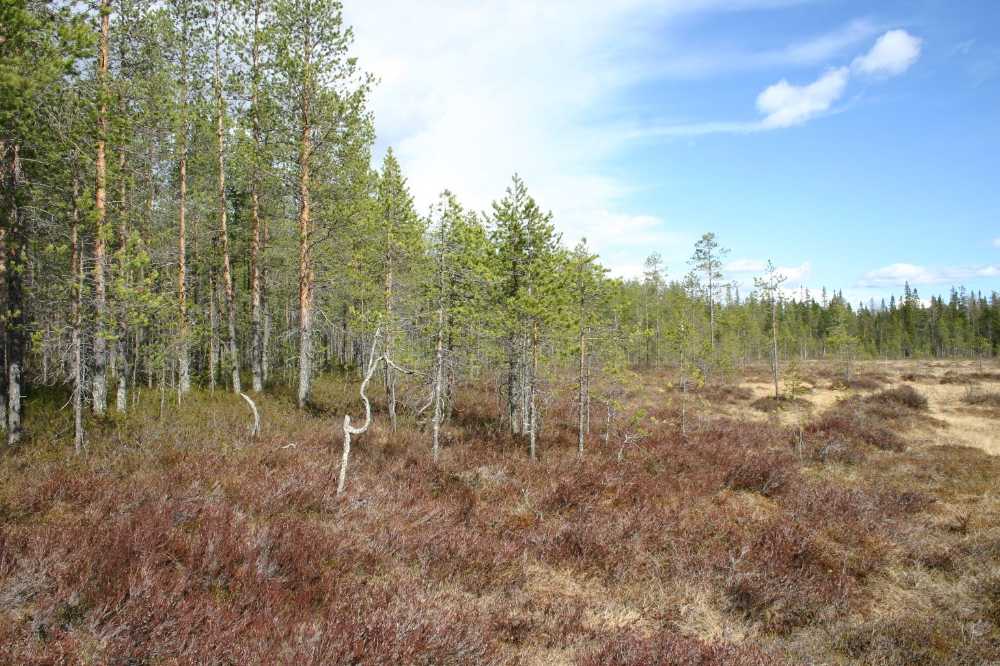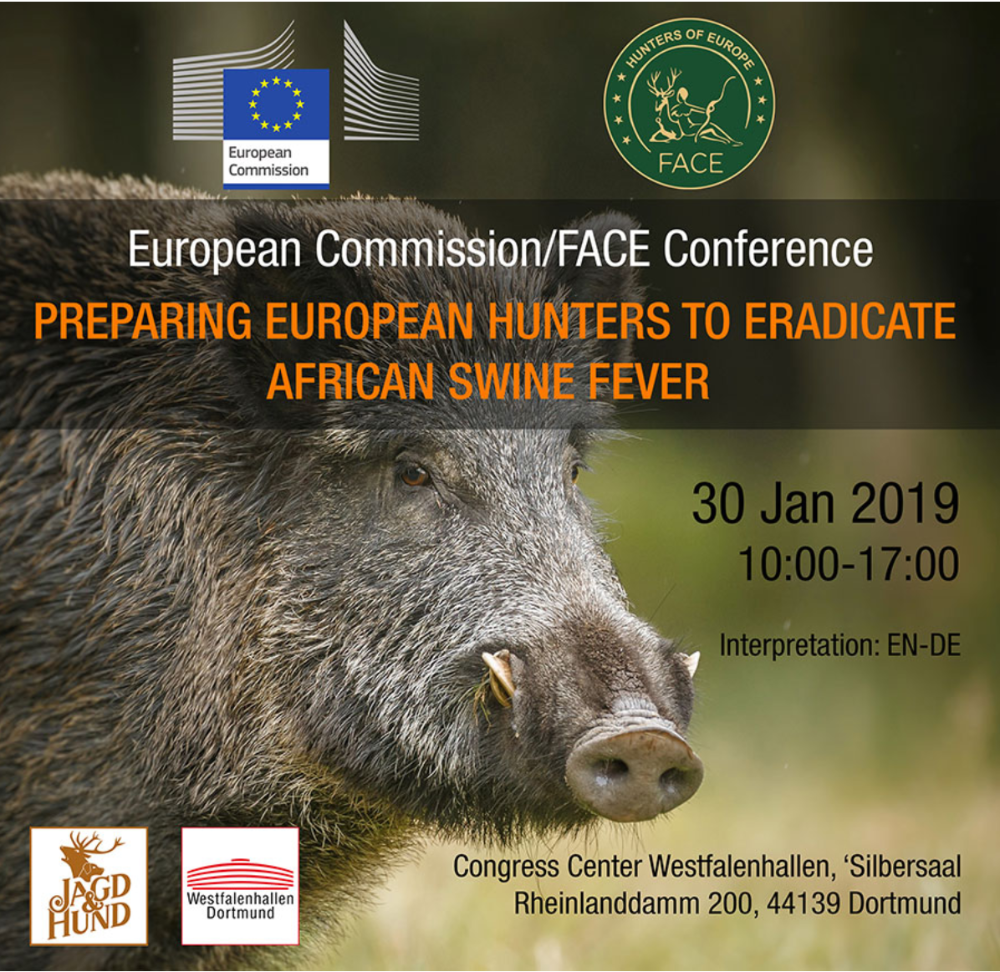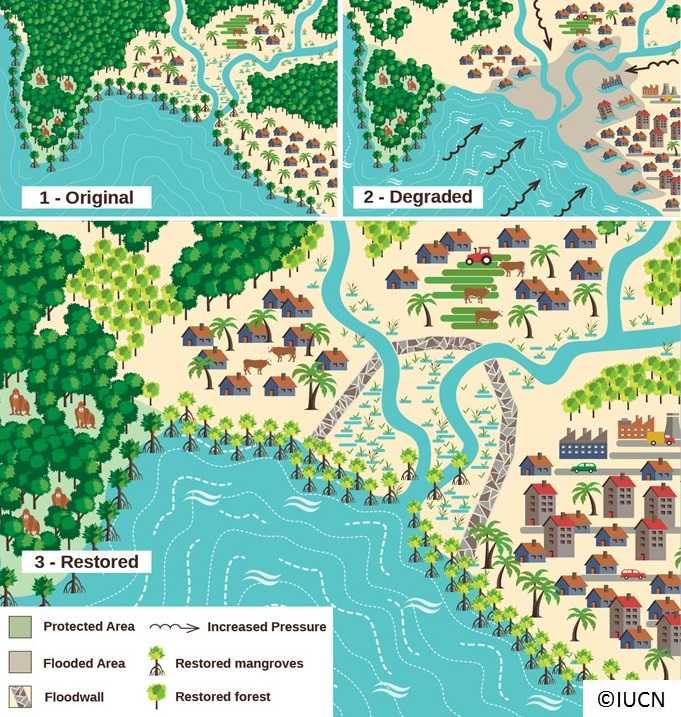
Soft politics are generally better than extremes, just as wild resources benefit from gradual changes at habitat boundaries © Lauri Kovanen
Experience may teach people that democracy is a better form of governance than autocracy, and then to avoid politicians that promote conflict or are economically selfish or incompetent; so too should people learn about how best to conserve the riches of nature. As in all human affairs, balance and tolerance is likely to work better than extremism. With most of the earth now managed to some extent by humans, the riches of nature seem likely to survive best if their benefits are widely appreciated, not just by eating plants and watching nature films but also by enjoying the company of other animals and, where practical, foraging like them too. It also seems wise for people to understand how complex it can be, both socially and ecologically, to manage nature’s riches at the same time as growing crops. Understanding the importance of this dual management needs to spread to communities everywhere.
Unwelcome species

European hunters can organise to help government
Species are sometimes introduced, either on purpose or by mistake, to areas they had not colonised naturally. These aliens are difficult to manage if they spread fast and undetected (e.g. water-born species, including plants). If they damage ecosystems, they should be removed. Great expertise for this has developed in Oceania. Local people, notably hunters and anglers, can contribute observer-time and organisation on the ground which is of value in removal campaigns. For such campaigns to be socially sustainable, the public needs to see benefits immediately and know that introduced species are removed in a humane way.
Managing predators and pests
_773636719-_636875733045782123.jpg)
Mice are sometimes hard to exclude from food stores © Torook/Shutterstock
The same social constraints apply to the management of predators and pests. Management is sometimes needed to preserve human lives and property, and livelihoods in ecosystems where humans are competing with other species to eat crops or use wildlife sustainably. A number of societies across the world continue traditional ways to manage the riches of nature, through tolerance of problem species and cultural engagement that allows them to persist. Elsewhere, modification may tilt ecosystems heavily in favour of generalist predators, creating extinction-risk for rare prey such as ground-nesting birds unless the predation is managed. Even where species are not tolerated, the preferred management will be, for humane and economic reasons, to exclude and deter predators and pests. The alternative, of reducing predator and pest populations, often attracts opposition from those who prioritise protecting individual animals. In such circumstances, it is very important for any management to be based on robust science and for some protection to be retained, for example by zoning to conserve populations of the species concerned in areas where they do not cause problems. Complete removal of species (except pathogens) is generally unacceptable in modern societies. However, natural recolonization or deliberate reintroductions usually result in a need to manage populations again.
Nature-Based Solutions

Improvement of connectivity for woodland biodiversity and flood defences for growing settlements © IUCN
Nature-Based Solutions are an approach for preserving, sustainably managing and restoring natural and modified ecosystems in ways that provide human well-being and biodiversity benefits. For example, the cost of restoring the health of wetland ecosystems can be less than paying to clean the water from degraded systems, especially when benefits like the recreational value of the restored systems are considered. Solutions can vary in size from very large and long-term, such as the roles of re-afforestation for storing carbon and reducing flooding, to very small and short-term, such as planting strips of vegetation for predatory insects next to crops which the prey of those insects would eat. Solutions involve methods that benefit ecosystems rather than individual organisms or even populations. For example, using nematodes instead of toxic pesticides to remove slugs avoids not only the poisoning of animals that eat slugs, but also the contamination of water which creates costs for water companies.